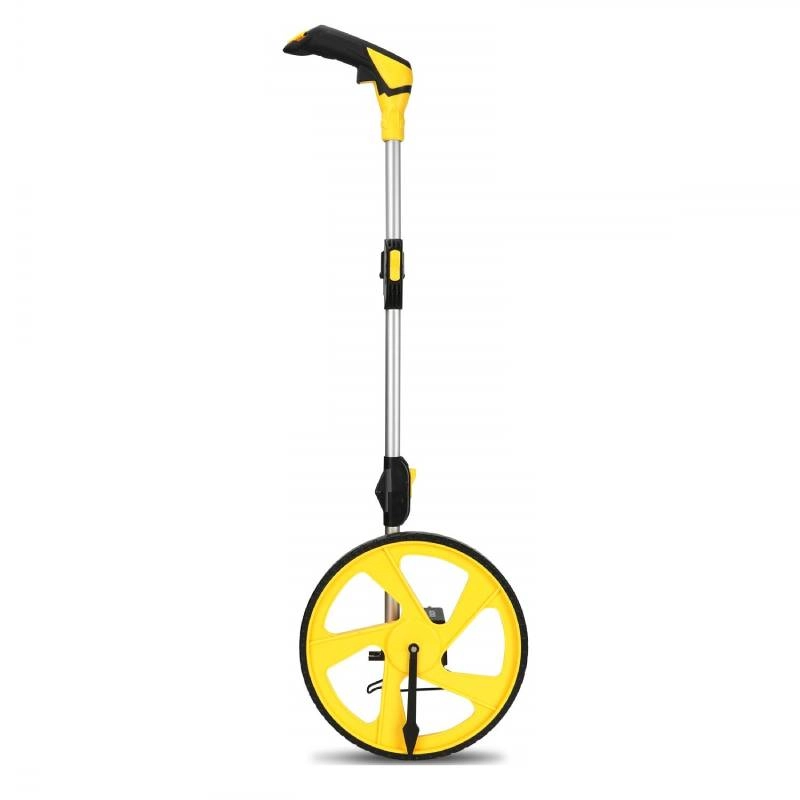
-
 Afrikaans
Afrikaans -
 Albanian
Albanian -
 Amharic
Amharic -
 Arabic
Arabic -
 Armenian
Armenian -
 Azerbaijani
Azerbaijani -
 Basque
Basque -
 Belarusian
Belarusian -
 Bengali
Bengali -
 Bosnian
Bosnian -
 Bulgarian
Bulgarian -
 Catalan
Catalan -
 Cebuano
Cebuano -
 Corsican
Corsican -
 Croatian
Croatian -
 Czech
Czech -
 Danish
Danish -
 Dutch
Dutch -
 English
English -
 Esperanto
Esperanto -
 Estonian
Estonian -
 Finnish
Finnish -
 French
French -
 Frisian
Frisian -
 Galician
Galician -
 Georgian
Georgian -
 German
German -
 Greek
Greek -
 Gujarati
Gujarati -
 Haitian Creole
Haitian Creole -
 hausa
hausa -
 hawaiian
hawaiian -
 Hebrew
Hebrew -
 Hindi
Hindi -
 Miao
Miao -
 Hungarian
Hungarian -
 Icelandic
Icelandic -
 igbo
igbo -
 Indonesian
Indonesian -
 irish
irish -
 Italian
Italian -
 Japanese
Japanese -
 Javanese
Javanese -
 Kannada
Kannada -
 kazakh
kazakh -
 Khmer
Khmer -
 Rwandese
Rwandese -
 Korean
Korean -
 Kurdish
Kurdish -
 Kyrgyz
Kyrgyz -
 Lao
Lao -
 Latin
Latin -
 Latvian
Latvian -
 Lithuanian
Lithuanian -
 Luxembourgish
Luxembourgish -
 Macedonian
Macedonian -
 Malgashi
Malgashi -
 Malay
Malay -
 Malayalam
Malayalam -
 Maltese
Maltese -
 Maori
Maori -
 Marathi
Marathi -
 Mongolian
Mongolian -
 Myanmar
Myanmar -
 Nepali
Nepali -
 Norwegian
Norwegian -
 Norwegian
Norwegian -
 Occitan
Occitan -
 Pashto
Pashto -
 Persian
Persian -
 Polish
Polish -
 Portuguese
Portuguese -
 Punjabi
Punjabi -
 Romanian
Romanian -
 Russian
Russian -
 Samoan
Samoan -
 Scottish Gaelic
Scottish Gaelic -
 Serbian
Serbian -
 Sesotho
Sesotho -
 Shona
Shona -
 Sindhi
Sindhi -
 Sinhala
Sinhala -
 Slovak
Slovak -
 Slovenian
Slovenian -
 Somali
Somali -
 Spanish
Spanish -
 Sundanese
Sundanese -
 Swahili
Swahili -
 Swedish
Swedish -
 Tagalog
Tagalog -
 Tajik
Tajik -
 Tamil
Tamil -
 Tatar
Tatar -
 Telugu
Telugu -
 Thai
Thai -
 Turkish
Turkish -
 Turkmen
Turkmen -
 Ukrainian
Ukrainian -
 Urdu
Urdu -
 Uighur
Uighur -
 Uzbek
Uzbek -
 Vietnamese
Vietnamese -
 Welsh
Welsh -
 Bantu
Bantu -
 Yiddish
Yiddish -
 Yoruba
Yoruba -
 Zulu
Zulu


Nov . 08, 2024 16:27 Back to list
steel cable wrap
The Evolution and Importance of Steel Cable Wraps
In today's industrial world, the need for safety and efficiency in the transportation and handling of materials has never been more paramount. One of the unsung heroes of this endeavor is the steel cable wrap, an essential component in various applications across multiple industries. This article delves into the significance of steel cable wraps, their evolution, applications, and why they are critical for modern operations.
Understanding Steel Cable Wraps
Steel cable wraps, often made from high-strength steel wires, serve as protective tubing that encases cables. Their primary function is to provide strength, durability, and protection against physical damage, environmental factors, and wear over time. Typically, they are used in applications requiring high tensile strength, such as construction, mining, and manufacturing.
Historical Context
The origins of steel cable wraps can be traced back to the early 19th century with the advent of steel cables themselves, which were initially used in constructing suspension bridges. As innovations in metallurgy and engineering progressed, so did the functionality and design of cable wraps. Over the decades, advancements in material science led to the development of more lightweight and robust wraps, optimizing their use in various demanding applications.
Applications in Various Industries
1. Construction In the construction industry, steel cable wraps are indispensable for the lifting and maneuvering of heavy materials. They are commonly employed in cranes and hoists, ensuring that cables remain intact and functional even under extreme loads and conditions.
2. Mining The mining industry relies heavily on steel cable wraps to stabilize and protect cables that handle various machinery and equipment underground. The harsh conditions miners face demand wraps that can withstand abrasion and corrosion while providing consistent performance.
steel cable wrap

3. Manufacturing In manufacturing, particularly in settings that involve assembly lines and heavy machinery, steel cable wraps optimize the operation by preventing wear and tear on cables. They ensure that businesses can maintain productivity without frequent interruptions for repairs or replacements.
4. Marine and Offshore Steel cable wraps are critical for marine applications, where they offer resistance against saltwater corrosion and harsh weather conditions. They are used in everything from fishing equipment to offshore drilling rigs, safeguarding vital communications and power cables.
Benefits of Steel Cable Wraps
1. Durability Steel cable wraps are designed to withstand extreme conditions, including high temperatures, moisture, and physical stress. This durability translates into lower maintenance costs and less frequent replacements.
2. Safety By providing an additional layer of protection for cables, steel wraps help prevent accidents caused by frayed or damaged cables, thereby promoting workplace safety. In many industries, this aspect is not just beneficial; it is a regulatory requirement.
3. Versatility Steel cable wraps come in various sizes and configurations, making them suitable for a wide array of applications. Industries can select wraps tailored to their specific needs, whether it be for high-load applications or environments that require flexibility and resilience.
4. Cost-Effectiveness Investing in high-quality steel cable wraps can save companies money in the long run. By reducing the frequency of repairs and downtime caused by cable failures, businesses can focus on their core operations.
Conclusion
As industries continue to evolve, the role of steel cable wraps will remain vital in ensuring operational efficiency and safety across various applications. Their robust performance and adaptability make them an invaluable asset in construction, mining, manufacturing, marine, and many other sectors. By understanding the importance of steel cable wraps and their multifaceted applications, companies can enhance their safety protocols and operational standards, paving the way for innovation and growth in the industrial landscape. As we move forward, continuous advancements in materials and techniques will undoubtedly improve the efficacy and utility of steel cable wraps, setting the stage for even greater achievements in the world of engineering and design.
Latest news
duct-rodders-and-conduit-rod-tools
NewsAug.22,2025
ratchet-pullers-and-wire-tightening-tools
NewsAug.22,2025
chain-ratchet-pullers-and-hoist-solutions
NewsAug.22,2025
telescopic-hot-stick-for-electrical-and-high-voltage-use
NewsAug.22,2025
cable-clamp-and-insulated-cable-clamp-systems
NewsAug.22,2025
duct-rodder-conduit-rodder-and-cable-solutions
NewsAug.22,2025








